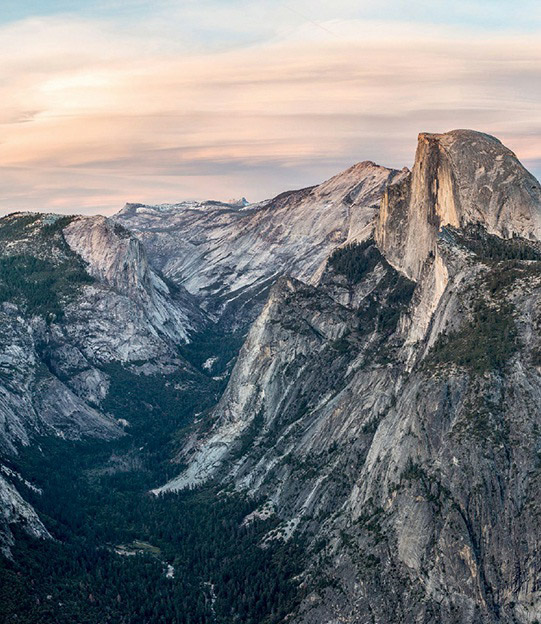The Sierra Nevada mountain range is a testament to the Earth’s dynamic geological processes, much of which occur out of sight, deep underground. One key aspect of these processes is the formation of magma, molten rock that flows beneath the Earth’s surface. When magma reaches the surface, it becomes lava, but underground, it can accumulate in vast magma chambers. Over time, these chambers can create large-scale igneous intrusive landforms known as plutons.
During the Cretaceous period, while the eastern edge of the North American plate was transitioning to a passive margin, its western edge was experiencing dramatic geological changes. Around 155 million years ago, the dense oceanic Farallon plate began subducting beneath the North American continent. This subduction process resulted in the creation of massive north-south aligned magma chambers beneath what is now eastern California. The melted basaltic rock from the Farallon plate, mixed with the melted surrounding continental crust, led to the formation of igneous rock rich in silicon and granite. These solidified magma chambers collectively form what is known as the Sierra Nevada batholith.
The transformation of these magma chambers into the Sierra Nevada mountains we see today began around 20 million years ago, when the tectonic environment of western North America changed again. This change stretched the far-western part of the continent, forming the basin-and-range geology characteristic of the region. Volcanic heating from the mantle uplifted the Sierra Nevada batholith area. Over time, glaciers and rivers eroded the mountains and sediments above the batholith, eventually exposing the vast granitic plutons at the surface.
Today, the Sierra Nevada is renowned for its stunning geology, with places like Yosemite National Park offering spectacular views of these ancient geological formations. The region’s dramatic landscape is a result of millions of years of volcanic activity, tectonic movements, and erosion, showcasing the power and dynamism of Earth’s geological forces.

